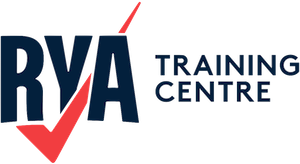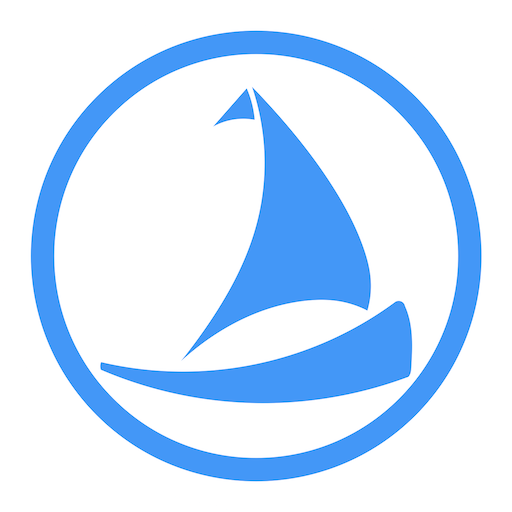Glossary Archive
Advanced Pilotage
The RYA Advanced Pilotage course focuses on navigating in challenging conditions, such as night cruising or confined waterways. Participants practice advanced navigation techniques, including the use of electronic aids, radar, and tidal calculations. The course emphasizes safety and decision-making, ensuring participants can handle complex pilotage scenarios with confidence.
Advanced Plus Windsurfing
The RYA Advanced Plus Windsurfing course is aimed at experienced windsurfers seeking to push their skills to the limit. The course covers advanced freestyle moves, high-speed sailing, and wave techniques. Participants practice optimizing equipment for extreme conditions and mastering dynamic maneuvers. By the end, windsurfers will have the confidence to tackle demanding environments and explore...
Advanced Windsurfing
The RYA Advanced Windsurfing course focuses on refining techniques for high-performance windsurfing. Participants learn advanced maneuvers such as carve gybing, waterstarting, and managing stronger winds. The course emphasizes optimizing board and sail setup for maximum speed and control. By the end, windsurfers will feel confident tackling challenging conditions and enhancing their performance on the water.
Afloat
The state of being buoyant and on the water's surface, not submerged or sinking. Afloat is a term commonly used in the maritime world to describe vessels, objects, or even people supported by water and remaining on its surface. For a ship or boat, being afloat means it is appropriately buoyant, not taking on water,...
Aft
The rear or stern section of a vessel, towards the back of the boat or ship. Aft is a directional term used to describe the position or movement towards a vessel's stern (the back). It is one of the fundamental terms used to orient oneself on a boat or ship, alongside others like forward (towards...
After Deck
The portion of a vessel's deck located towards the stern, or rear, of the ship. The after deck, sometimes referred to as the aft deck, is a crucial area on a vessel, particularly in larger ships and yachts. The section of the deck is located towards the stern, which is the rear part of the...
Aground
The situation when a vessel is stuck on the seabed or shore, unable to move freely in the water. When a vessel is aground, the hull has come into contact with the seabed, sandbank, or shore, and the vessel no longer floats freely. This can happen intentionally, such as when a ship is beached for...
Ahead
The direction in front of a vessel, typically along its forward course or heading. In maritime terminology, ahead is commonly used to describe the direction directly in front of a vessel, relative to its bow. When a ship is said to be moving ahead, it means it is progressing forward in the direction of its...
Ahoy!
A nautical greeting or hail used to attract attention, signal presence, or establish communication between vessels or individuals at sea. Ahoy! is a traditional maritime term used for centuries as a greeting or call in the nautical world. Its origins can be traced back to the Middle Ages, deriving from the Middle English cry "hoy!"...
Air Cushioned Vessel
A type of watercraft that uses a cushion of pressurised air beneath its hull to reduce friction and enable movement over water, land, or other surfaces. An air-cushioned vessel, commonly called a hovercraft, is a unique type of marine craft that creates a cushion of air beneath its structure. This cushion is generated by powerful...


